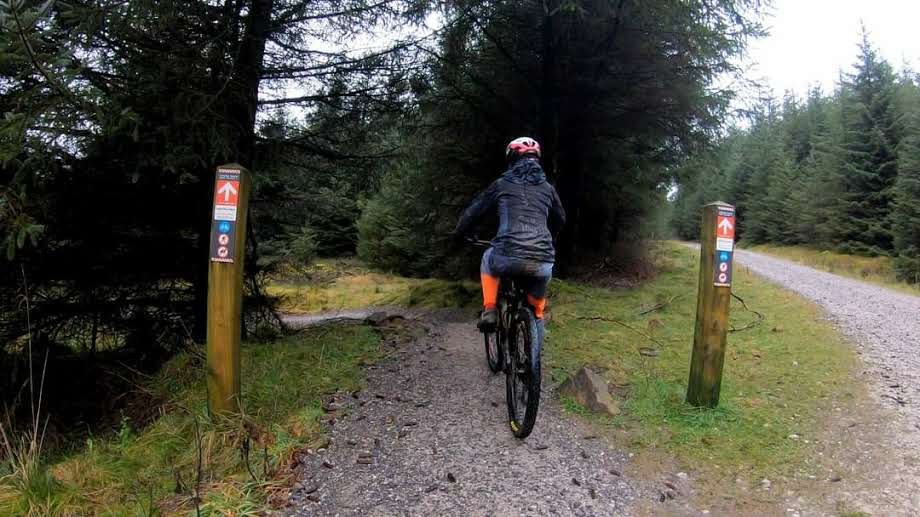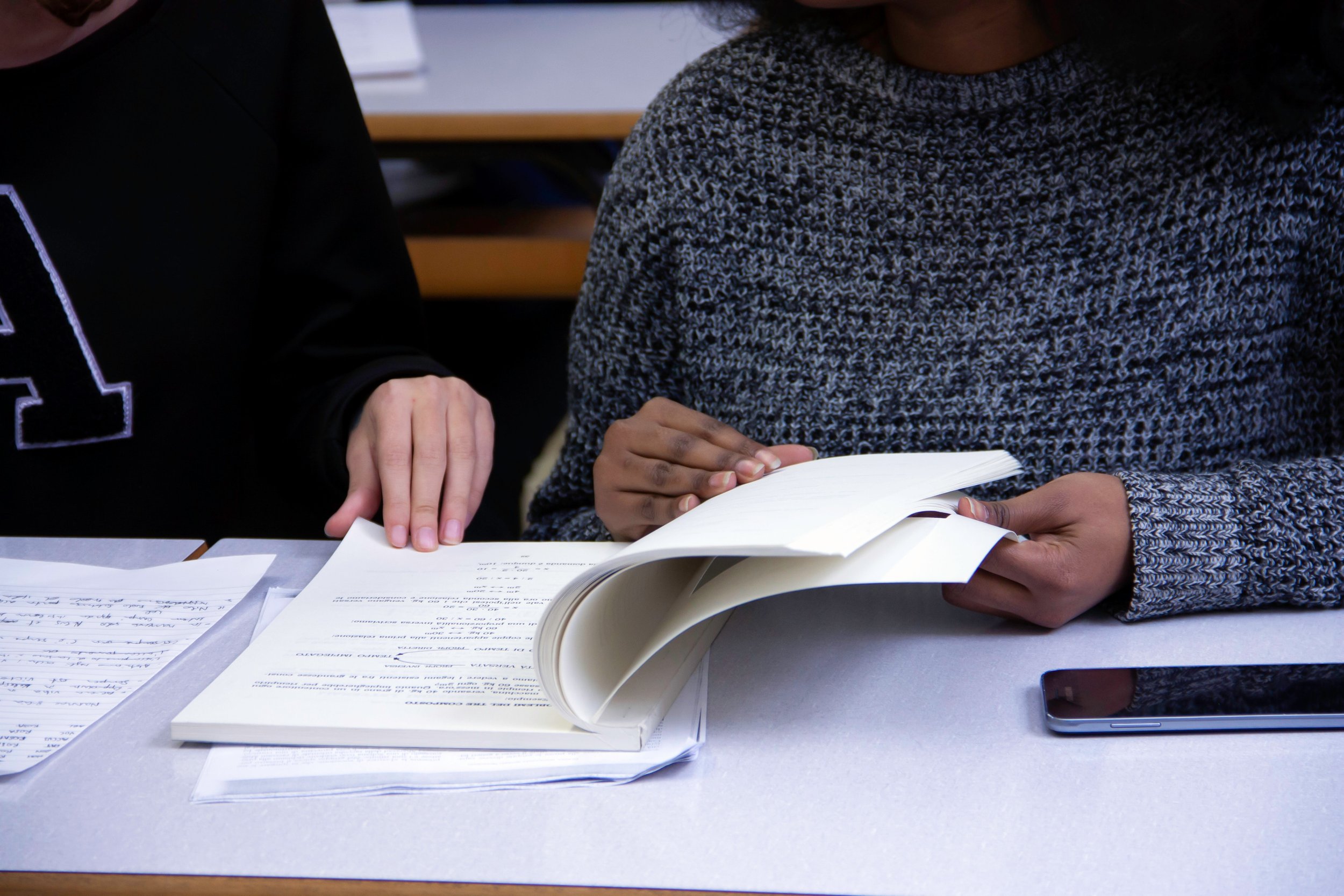5 ways to use feedback when training and assessing
Feedback can be a useful tool to motivate learners to work towards and achieve a skill, it can also help them to meet particular assessment criteria if completing a qualification. If used skillfully by the trainer or assessor it can enable the learners to understand what they are doing well and also what needs working on in order to improve. Feedback is a process whereby the learner has time to implement their learning and to make progress based on the feedback.
1. Feedback from resources - Use training and assessing resources that give immediate and direct feedback to the learners. An experiential learning environment will give learners hands on experience and allow them to learn through making mistakes and then developing their skills and confidence. In first aid training the CPR mannequins are an example of how a training resource can give feedback to the learners. I have the traditional Little Anne mannequin from Laerdal which has a clicker device in the chest so that you know when you have pushed down deep enough, you can also visually see the chest rise when breaths are given. The new QCPR mannequins from Laerdal link to an app on the trainers phone or tablet and allows up to 6 learners to be monitored for the quality of their CPR. This provides immediate feedback to learners and is a great example of how technology can be used to enhance the training and assessment process.
2. Learner feedback to each other - This is where the trainer or assessor provides a framework to enable the learner to give positive and supportive feedback to each other. This could be a scoring framework using the numbers 0-5 or 0-3 for a simpler version or a Red-Amber-Green system. To use the framework the learners would observe each other performing a practical task and then give an appropriate score/colour followed by some feedback as to why they felt that score/colour was correct. For example the learner may be completing a primary survey of an unresponsive casualty, the framework may go as follows:
Red or 0 - the learner forgot or missed out one or more parts of the primary survey (DRsABC), this may include forgetting to shout for help and then adding it in later. To be absolutely correct the learner should complete the whole sequence in the correct order.
Amber 1 or 2 - the learner is not fully confident and pauses every now and again to remind themselves of what the sequence of actions should be. The learner is focussed on getting the actions correct and forgets to talk to the casualty. The learner rolls the casualty on their side but does not check pockets first.
Green or 3 - the learner is confident and acts in a way that is safe, systematic and sympathetic. They perform the complete primary survey without any errors or hesitation.
Care must be taken to ensure that the learners are delivering and receiving the feedback in a way that is positive and supporting the learning process.
3. Self-assessment of own performance - provide a demonstration, tick sheet or resources, as mentioned previously, so the learner can self assess how they are getting on and will know what to improve on in order to pass the assessment.The learner will need to know what it is they are trying to achieve and then can practice until they get it correct. I have done this previously when learning a skill on my mountain bike. The instructor had talked us through the skills needed to ride up a set of rough steps on a cross country route. We then practiced those skills ourselves. I knew I had it correct when I negotiated all three steps without putting my foot down or stopping.
4. Direct informal feedback - this is where the trainer or assessor gives feedback direct to the learner after marking their work or observing their performance. This may be done on a 1:1 basis or maybe as a whole group. For example a group of learners who are training in paddlesports and may be perfecting a particular way of turning or manoevring their craft. The instructor may offer feedback or guidance to the learners on how to make changes to their hold or stroke of the paddle in order to better complete the turn. They may direct their comment to one or more individuals who are making a specific error or who need a slight adjustment to improve. Or the feedback may be to the whole group if a common error is spotted.
5. Formal written or verbal feedback - this is usually in response to the formal submission of work, an essay, a portfolio of evidence or a formal observation of practice. The learner completes the assessment and then the assessor will mark the work and give feedback. Depending on the qualification this may be a comment on whether the work passes or not or maybe the feedback may follow a referral and the learner can then resubmit. For example when you take your driving test the examiner will tell you at the end if you have passed and if not what the fail points were. You then have to resit the whole test again but at least you know what to work on. For other qualifications you will receive a referral and the feedback will enable the learner to come back and re-take those specific parts of the test. As the assessor it is important to be clear why the learner did not pass and the steps they need to take in order to achieve a pass in the future.
Maybe you have used one or more of these types of feedback in your training and assessing practice. Which have you found to be most useful and which engage the learners the most? Let me know in the comments.






